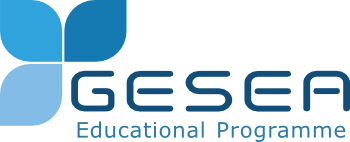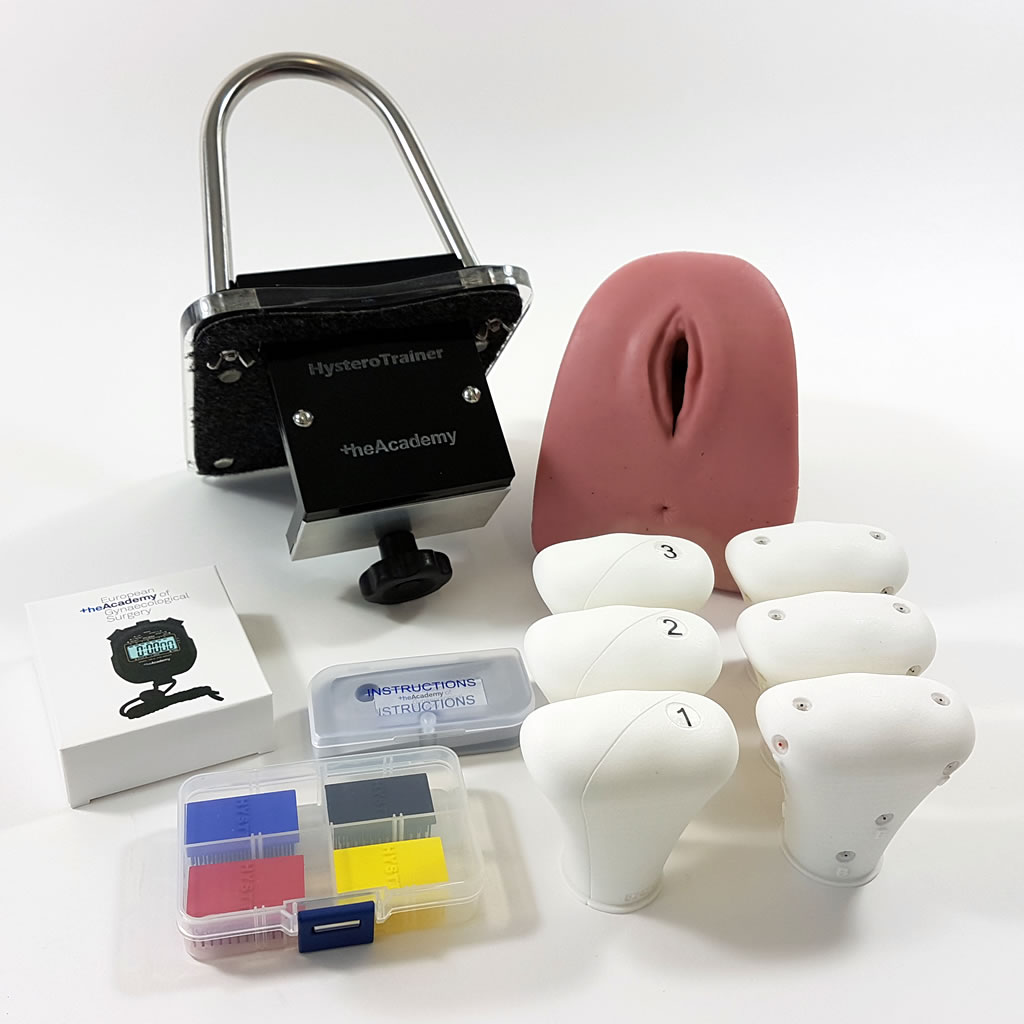HYSTT
Hysteroscopic Skills Training and Testing method
HYSTT is a practical test to measure the competence level of an individual in basic hysteroscopic psychomotor skills (HPS) in the uterine environment. These typical skills need to be applied in a ‘key-hole’ situation, such as camera navigation and hand-eye coordination.
It uses the HYSTT model, representing the spatial distribution and orientation of the different planes and angles of a normal uterus, which is placed in a female genital model.
HYSTT is one for the three exercises as used in the practical skill assessment of the GESEA Educational Programme.
HYSTT1 & HYSTT2 | Exercise 1: Camera Navigation
The aim of the first exercise is to navigate the camera with the 30° optic to visualise all important areas of the uterine cavity.
Procedure:
- Start your search by locating the first position 1a
- Zoom in to position the target circle on the small character so that it is fully shown and readable
- Only proceed when your partner can read the small character
- Search and locate the corresponding capital character (A)
- Continue this sequence until you reach the last position with small character ‘end’
For HYSTT2, the correct position of the camera and the light cable is validated at each step.
HYSTT1 | Exercise 2: Hand-eye Coordination
Exercise is performed at slow pace for demonstration purposes
The aim of the second exercise of HYSTT1 is to evaluate the skills of simultaneous camera handling and handling a hysteroscopic forceps, grasping an object and transporting it.
Procedure:
- Mentor states a colour of pin to collect as identified on the sequence sheet
- Pins are left the cavity
- Continue until all 14 pins have been taken from the uterine wall and placed in the cavity
HYSTT2 | Exercise 2: Hand-eye Coordination
Exercise is performed at slow pace for demonstration purposes
The aim of the second exercise of HYSTT2 is to evaluate the skill level of simultaneous camera and forceps handling by grasping an object and transporting it, while keeping an eye on the camera and light cable. The focus of this exercise lies on its correct execution. Anatomic and camera errors, as well as trauma are parameters that have a significant impact on the scoring.
Procedure:
- Mentor names a position (Cornua, Mid or Isthmus) and a colour (black, red, blue or yellow) according to the sequence on the scoring sheet
- Mentee locates the pin and positions the instrument to take the pin out
- After verification of the location, colour and camera position, the pin can be extracted
- Continue until all 12 pins have been removed from the cavity

